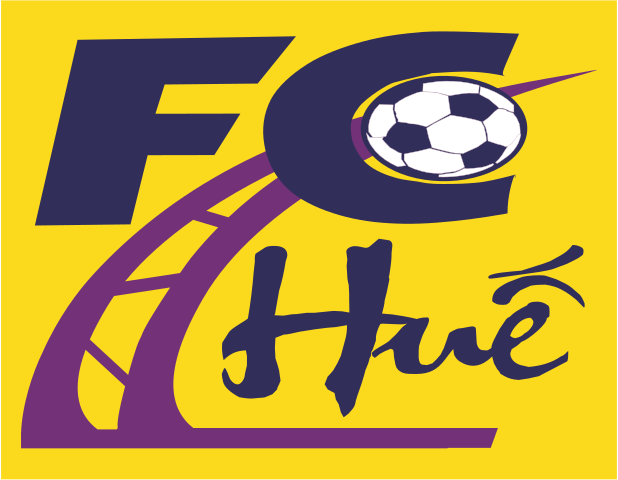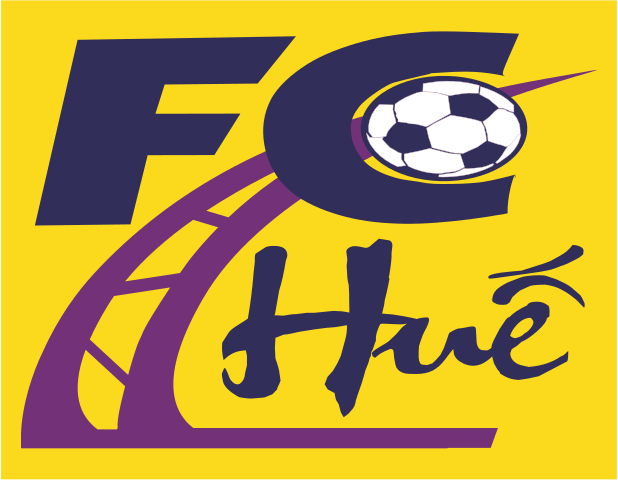The European market for UX research software is a theater of robust and sustained growth, but this expansion is not a uniform wave; a focused analysis of the Europe User Experience (UX) Research Software Market Growth Share by Company and by segment reveals a clear and fascinating bifurcation. The market's growth is being captured on two distinct fronts: high-value, enterprise-wide contracts are being won by comprehensive platforms that excel at compliance and governance, while the sheer volume of new user and company adoption is being dominated by agile, self-service tools that cater to the continent's vibrant startup scene. This split reflects the dual nature of the European economy, with its established, risk-averse multinational corporations and its dynamic, fast-moving technology sector. The market's overall trajectory is exceptionally strong, driven by the continent's digital maturity and strict regulatory environment. The Europe User Experience (UX) Research Software Market size is projected to grow to USD 6.5 Billion by 2035, exhibiting a CAGR of 15.2% during the forecast period 2025-2035. Understanding this divided growth share is critical, as it highlights the success of two very different business models—the top-down, consultative enterprise sale and the bottom-up, product-led growth motion—both thriving in parallel by serving different segments of the European market.
A substantial portion of the market's growth, when measured by total revenue and average contract size, is being secured by the enterprise-grade platforms, with the merged UserTesting/UserZoom entity being a prime example. Their growth is heavily concentrated among the FTSE 100, DAX 40, and CAC 40 companies, as well as major public sector organizations across the continent. The primary driver for their success in this segment is GDPR. Large European organizations have a deep-seated need for a UX research solution that is not only powerful but also demonstrably compliant with strict data privacy and consent regulations. These platforms have invested heavily in establishing European data centers, obtaining relevant certifications, and building features for consent management and data anonymization. This allows them to sell a solution that is not just about user insights but also about risk management and legal defensibility, a message that resonates strongly with corporate legal and compliance departments. By offering a comprehensive suite that includes software, a vetted panel, and expert services, they can secure large, multi-year contracts that make them the entrenched "system of record" for human insight within these major corporations, thus capturing the lion's share of high-value enterprise spending.
While enterprise platforms capture value, the most explosive growth in terms of user count and new logo acquisition is being driven by the self-service, often European-founded, product-led growth (PLG) companies. The tech ecosystems in cities like Berlin, Paris, London, and Stockholm are churning out thousands of startups and scale-ups, all of which need to conduct UX research but lack the budget and personnel for an enterprise platform. This has fueled the hyper-growth of tools like Maze (founded in France) and Hotjar (founded in Malta). Their growth share is a direct result of their business model. By offering a free or very low-cost entry point, they have made UX research accessible to everyone, from a solo founder to a small design team. Their growth is viral and organic; a designer at a startup in Lisbon uses Maze, loves it, and then introduces it to their next company, or shares a test link with a colleague in another company. This bottom-up adoption model has allowed them to capture a massive volume of users and become the de facto standard for agile product development teams across the continent. As these startups grow and scale, these platforms have a significant opportunity to grow with them, upselling them to higher-tier plans, thereby capturing an ever-increasing share of the long-tail market revenue.



